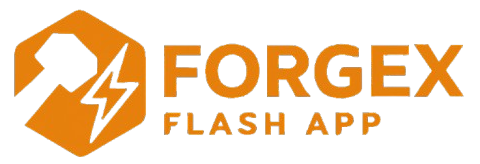As blockchain-based apps continue to grow, developers often need safe environments to test wallet functionality—especially when dealing with stablecoins like USDT. A USDT flasher tool provides a simulation environment that mimics the behavior of Tether transactions without requiring actual blockchain interaction or real tokens.
These tools are critical for crypto app developers who need to build, debug, and demonstrate wallet features effectively.
What Is a USDT Flasher Tool?
A USDT flasher tool allows developers to simulate USDT balance updates and transactions in a wallet UI or app interface. It is not connected to the live blockchain but mimics expected behaviors such as:
- Sending and receiving transactions
- Displaying pending or confirmed status
- Adjusting wallet balances
- Emulating network delay or confirmation logic
Why Developers Use USDT Simulation Tools
- Faster Testing Cycles
No need to wait for actual block confirmations or rely on testnets. - Cost-Free Development
No real gas fees or tokens are required for simulating logic. - Safe Debugging
Simulate errors, reversals, or edge cases without risk to real funds. - App Demos
Demonstrate wallet functionality to clients or stakeholders in a controlled setting.
Key Features to Look For
- Multi-Chain Protocol Support: TRC20, ERC20, and BEP20 compatibility
- Customizable Wallet Addresses
- Manual Control Over Transaction Status
- Exportable Logs for QA Reviews
- Offline Mode or Sandboxed Simulation
Best Practices
- Use for internal development, QA, or educational purposes only
- Do not mislead users with simulated data
- Clearly label any UI components using mock values
- Keep simulation tools isolated from production environments
Conclusion
A USDT flasher tool is essential for developers working on wallets, decentralized applications, or training platforms. It bridges the gap between theoretical coding and real-world blockchain logic—without introducing risk, cost, or delay.
If you’re building a wallet or crypto app, using a simulation tool for USDT transactions can help you test faster and deliver more reliable software.

